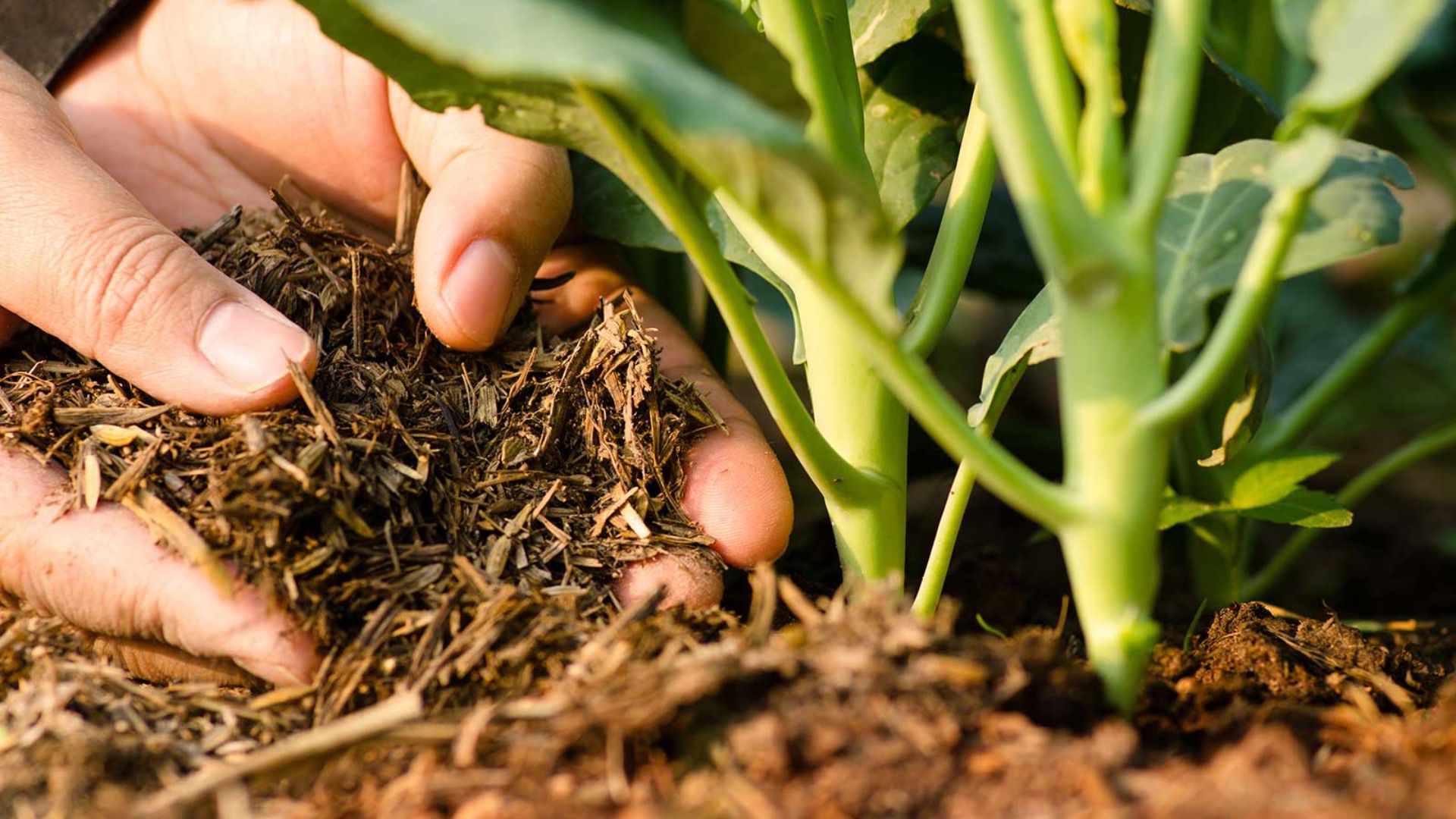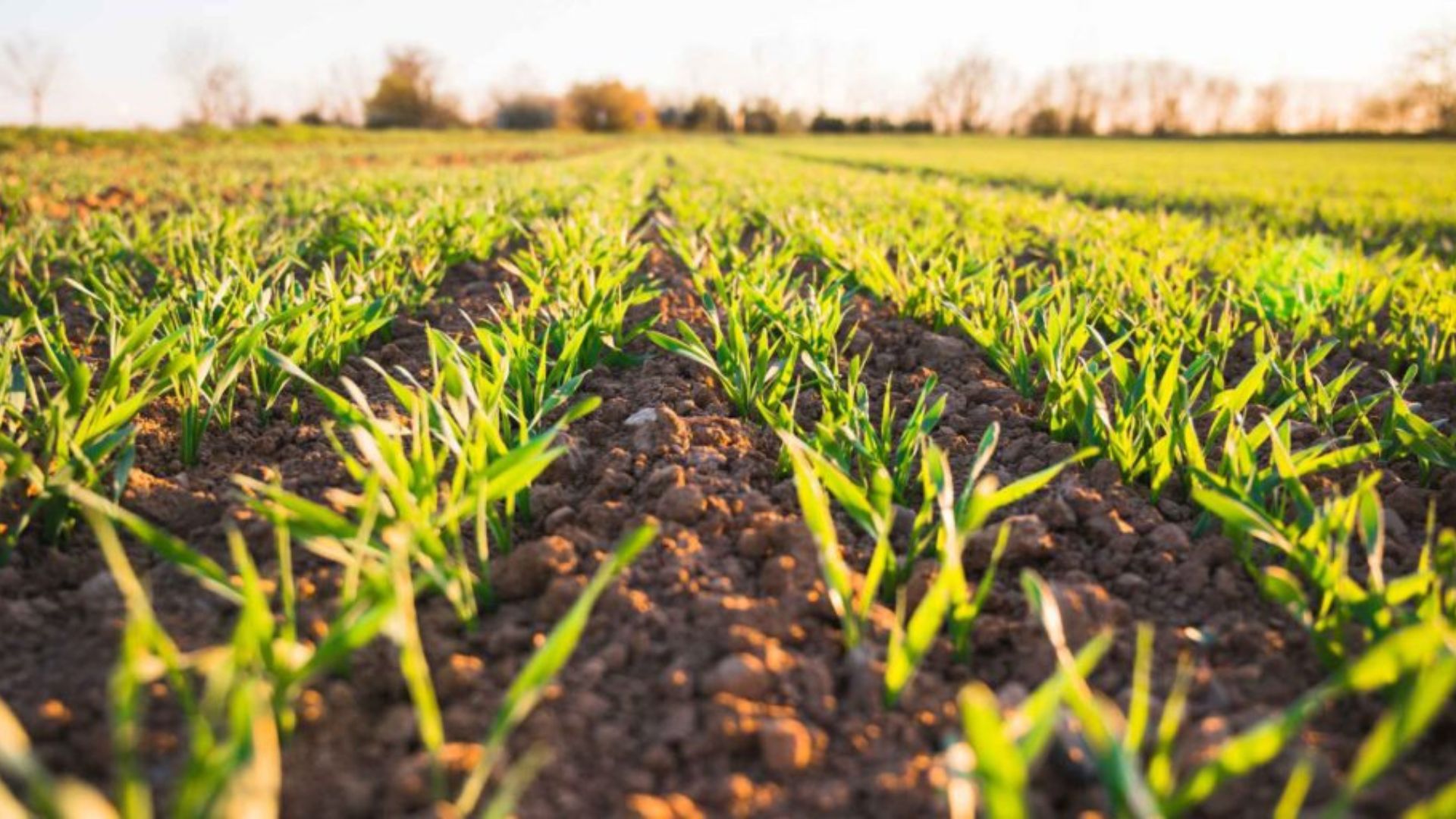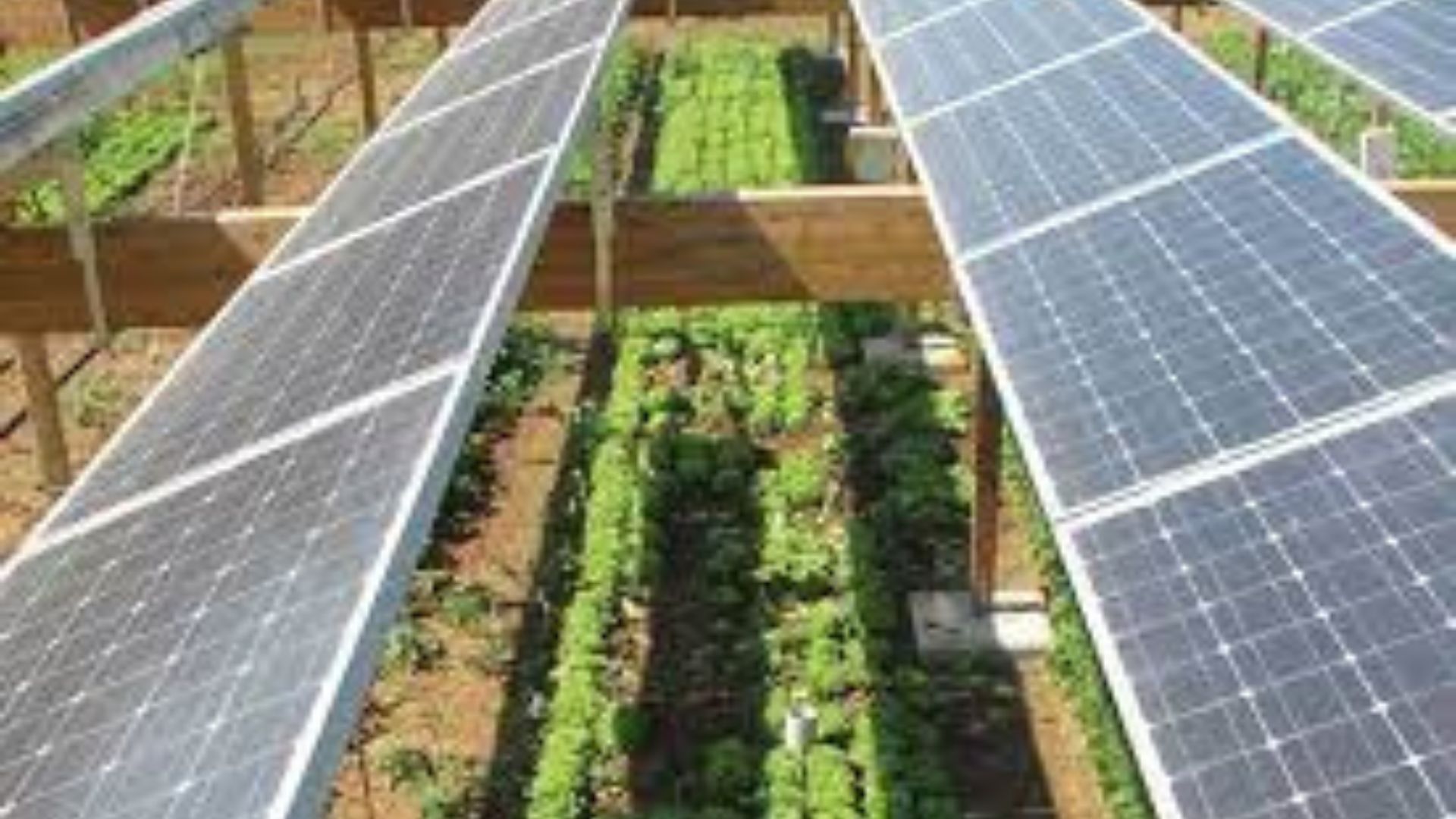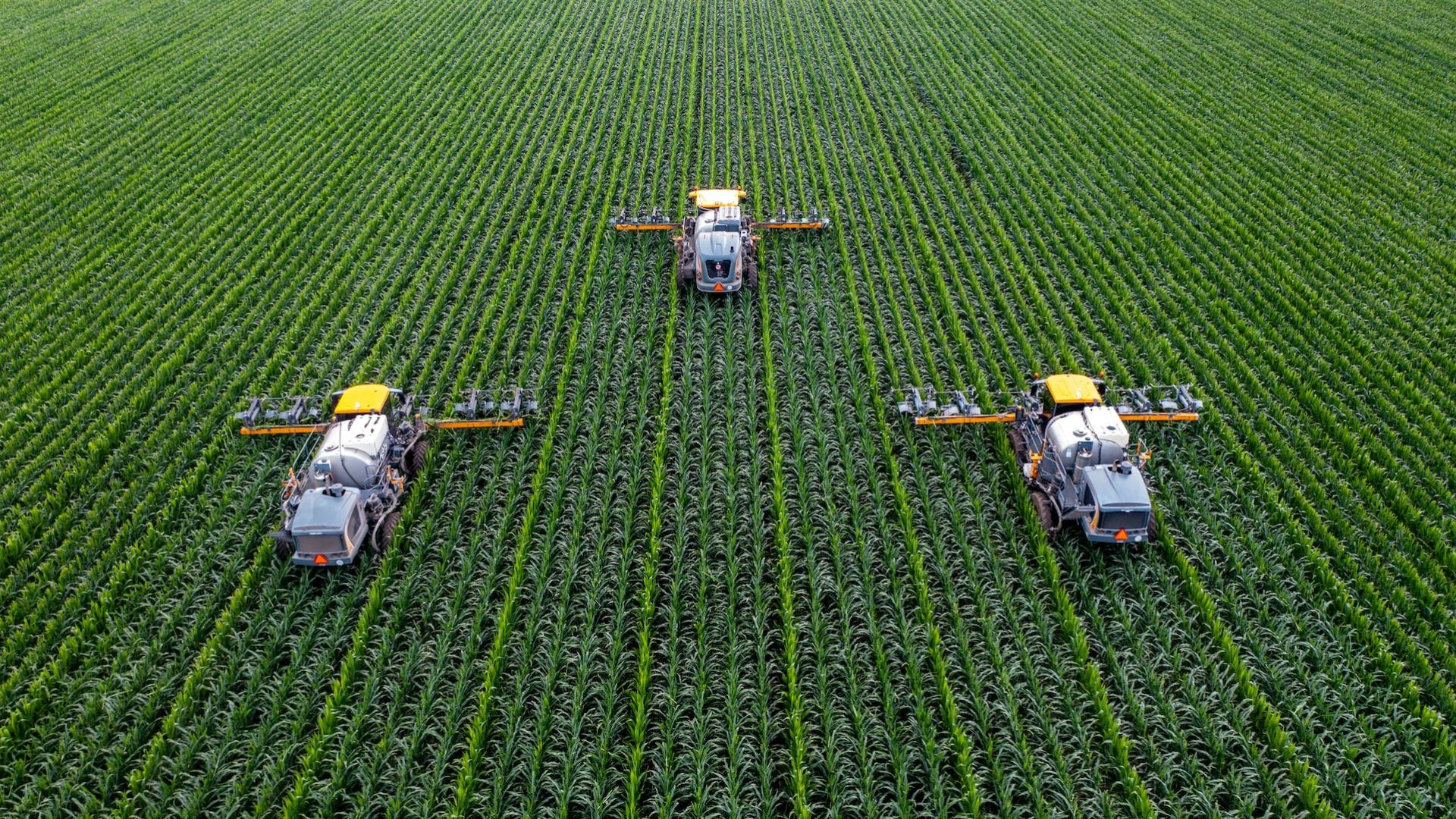Soil quality tips in green farming help farmers grow healthier crops while protecting the environment. Healthy soil is the foundation of productive farming. Across South Africa and globally, green farming practices emphasize natural methods to improve soil fertility, structure, and microbial activity. By maintaining high-quality soil, farmers can increase crop yields, reduce chemical usage, and support sustainable agriculture for the long term.

Importance of Soil Quality
Soil quality directly impacts crop growth, water retention, and nutrient availability. Poor soil health can lead to reduced yields, increased pest and disease problems, and higher production costs. Green farming prioritizes soil quality by using organic methods, minimizing chemical inputs, and adopting sustainable cultivation techniques. Healthy soil improves resilience to droughts, floods, and climate change.
Economic Advantages
Improving soil quality reduces reliance on expensive chemical fertilizers. By maintaining nutrient-rich soil, farmers achieve consistent high yields. Better soil reduces crop loss due to diseases and improves produce quality, attracting premium prices in local and urban markets. Efficient soil management also lowers operational costs, enhancing profitability for both small-scale and commercial farms.
Environmental Advantages
Healthy soil supports environmental sustainability. Soil with high organic content retains water better, reducing irrigation needs. It also stores carbon, mitigating climate change. Soil conservation prevents erosion and runoff, protecting rivers and natural habitats. By following soil quality tips in green farming, farmers preserve ecosystems while producing abundant crops.
Key Soil Quality Tips In Green Farming
Several practical techniques can improve soil health and productivity. Implementing these tips ensures long-term sustainability and high yields.
1. Use Organic Fertilizers and Compost
Composting and organic fertilizers enrich the soil naturally. Farmers can recycle crop residues, kitchen waste, and manure into nutrient-rich compost. Organic inputs improve soil structure, water retention, and microbial activity while reducing chemical dependency.
2. Practice Crop Rotation
Rotating crops prevents soil nutrient depletion and reduces pest and disease buildup. Alternating legumes with cereals replenishes nitrogen naturally. Crop rotation also enhances soil structure and fertility over time, making it an essential soil quality tip for green farming.
3. Incorporate Cover Crops
Cover crops, such as clover or vetch, protect soil during off-seasons. They prevent erosion, fix nitrogen, and improve organic matter. Cover cropping enhances soil fertility and water retention while supporting biodiversity.
4. Minimize Tillage
Excessive tilling disrupts soil structure and kills beneficial organisms. Reduced or no-till practices maintain soil integrity, promote microbial life, and prevent erosion. Minimal tillage preserves soil health while allowing crops to thrive naturally.
5. Maintain Proper pH Levels
Soil pH affects nutrient availability and microbial activity. Testing soil regularly and adjusting pH with natural amendments ensures optimal growth conditions. Lime can raise acidic soils, while sulfur or organic matter can lower alkaline soils, promoting balanced nutrient absorption.
6. Integrate Agroforestry and Mulching
Planting trees alongside crops and applying organic mulch improves soil quality. Trees prevent erosion, provide shade, and attract pollinators. Mulch conserves moisture, moderates temperature, and adds organic matter as it decomposes. Together, these practices strengthen soil structure and fertility.
7. Monitor Soil Moisture
Regularly checking soil moisture helps prevent overwatering or drought stress. Drip irrigation and efficient watering techniques ensure plants receive sufficient water while preserving soil health. Consistent moisture supports microbial activity and nutrient uptake.
Tools to Support Soil Quality
Modern tools assist farmers in maintaining soil quality effectively:
-
Soil sensors measure moisture, pH, and nutrient levels in real-time.
-
pH test kits provide quick insights for soil adjustment.
-
Compost thermometers ensure proper decomposition of organic material.
-
Tillage indicators guide reduced tillage practices.
These tools help farmers make informed decisions and maximize crop productivity while following green farming principles.
Challenges and Solutions
Challenges in maintaining soil quality include nutrient depletion, erosion, and overuse of chemicals. These can be addressed by combining organic inputs, cover crops, minimal tillage, and soil testing. Community training, government support, and cooperative initiatives provide knowledge and resources for sustainable soil management.
Conclusion
Soil quality tips in green farming are essential for sustainable, productive, and environmentally friendly agriculture. Techniques such as organic fertilization, crop rotation, cover crops, minimal tillage, proper pH management, agroforestry, and moisture monitoring improve soil health while supporting high yields. By following these tips, farmers in South Africa and around the world can maintain fertile soil, reduce costs, protect the environment, and ensure long-term farm productivity. Healthy soil is the foundation of successful green farming and a resilient agricultural future.










